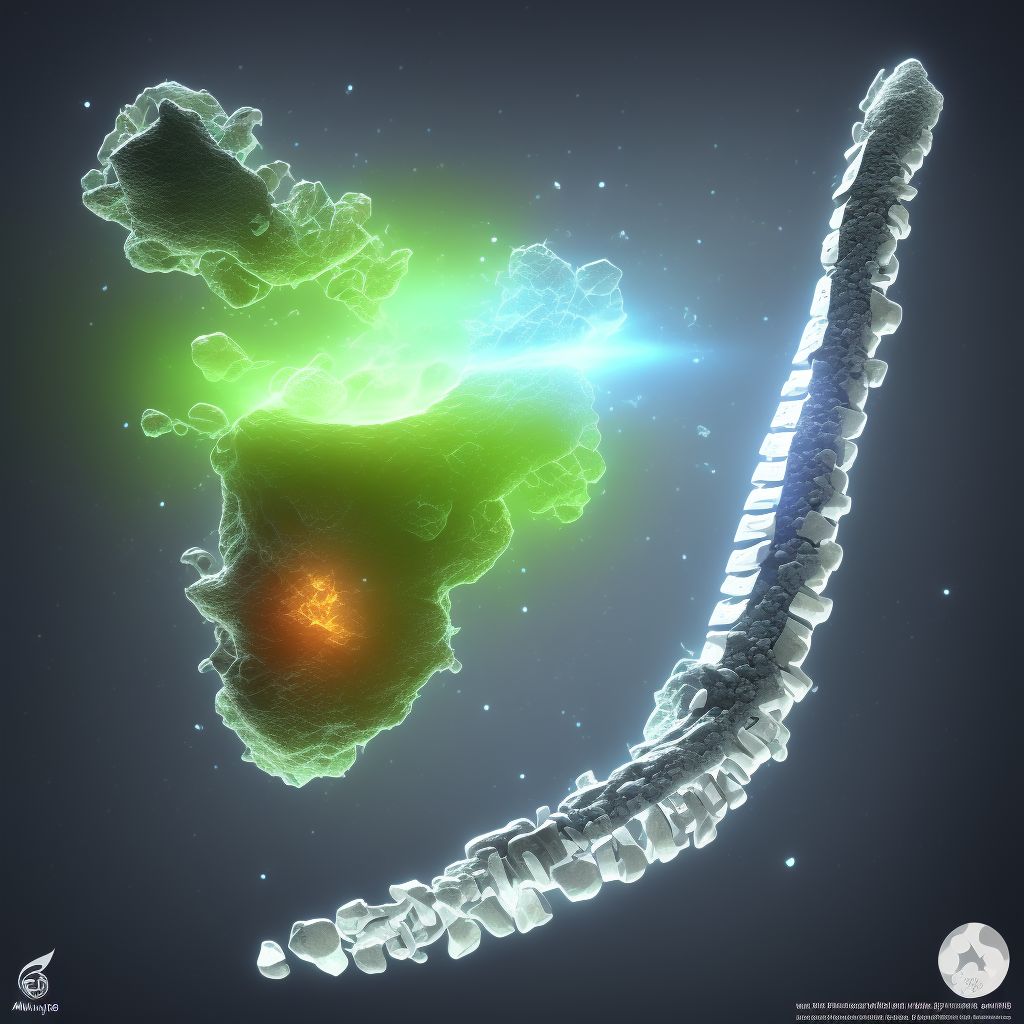
Nondisplaced oblique fracture of shaft of unspecified tibia, subsequent encounter for open fracture type IIIA, IIIB, or IIIC with malunion Save
ICD-10 code: S82.236R
Disease category: S82.236: Nondisplaced oblique fracture of shaft of unspecified tibia
Nondisplaced Oblique Fracture of Shaft of Unspecified Tibia: Understanding Subsequent Encounters with Malunion
A nondisplaced oblique fracture of the shaft of the unspecified tibia can lead to severe complications, including malunion. In this article, we will delve into the subsequent encounters associated with open fracture types IIIA, IIIB, or IIIC, and the implications of malunion. Understanding these aspects can help patients and healthcare professionals navigate this challenging condition more effectively.
- Subsequent Encounters:
- Open Fracture Types IIIA, IIIB, or IIIC:
- Malunion:
Subsequent encounters refer to follow-up visits for patients who have already received initial treatment for their fractures. These visits are essential to monitor the healing progress and address any complications that may arise.
Open fractures are categorized into different types based on the severity of the injury. Type IIIA, IIIB, or IIIC open fractures refer to injuries where the bone has penetrated the skin, leading to an increased risk of infection and other complications. These specific fracture types require special attention during subsequent encounters to ensure proper healing.
Malunion occurs when a fracture heals in an abnormal position, leading to misalignment of the bones. This can result in functional limitations, pain, and other complications. Subsequent encounters for patients with malunion focus on assessing the progress of healing, managing symptoms, and discussing potential treatment options.
During subsequent encounters, healthcare professionals may perform various diagnostic tests, such as X-rays or CT scans, to evaluate the healing progress and detect any malunion. Additionally, patients may undergo physical examinations to assess range of motion, pain levels, and overall function.
It's important for patients to communicate any symptoms or concerns they may have during subsequent encounters. This allows healthcare professionals to tailor the treatment plan accordingly and address any issues promptly.
In conclusion, subsequent encounters for patients with a nondisplaced oblique fracture of the shaft of the unspecified tibia, especially those with open fracture types IIIA, IIIB, or IIIC, are crucial for monitoring healing progress and managing complications like malunion. By actively participating in these follow-up visits and seeking appropriate medical care, patients can optimize their chances of recovering well and regaining normal function.
Treatment of Nondisplaced oblique fracture of shaft of unspecified tibia, subsequent encounter for open fracture type IIIA, IIIB, or IIIC with malunion:
Treatment Options for Nondisplaced Oblique Fracture of Shaft of Unspecified Tibia
Dealing with a nondisplaced oblique fracture of the shaft of the unspecified tibia can be a challenging situation. However, there are several treatment options available that can help promote healing and restore functionality. Here are some common approaches: